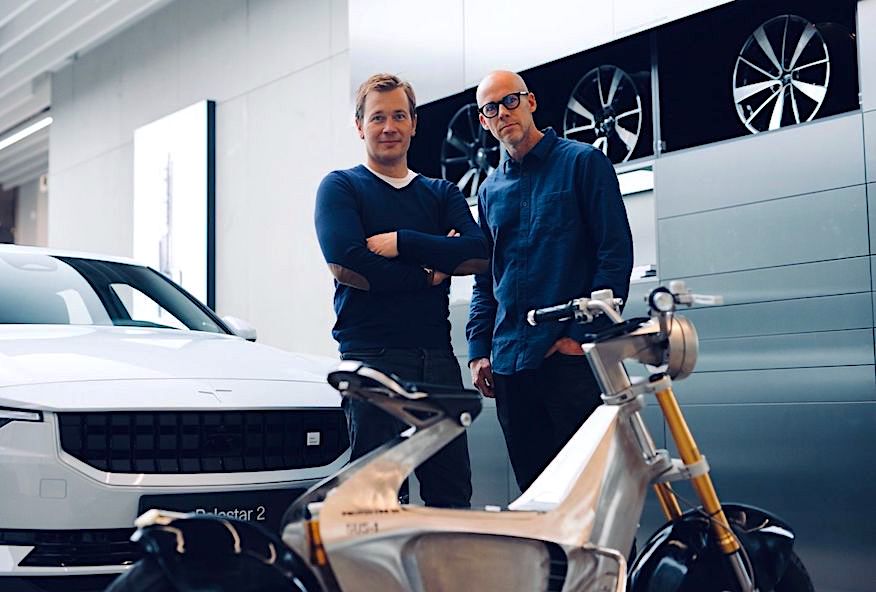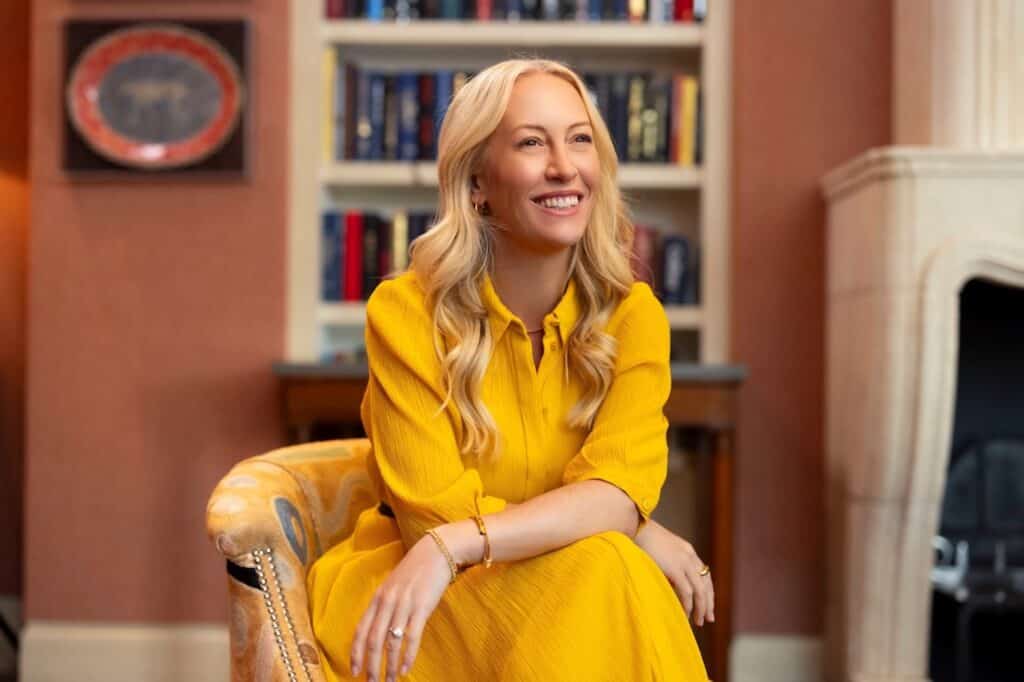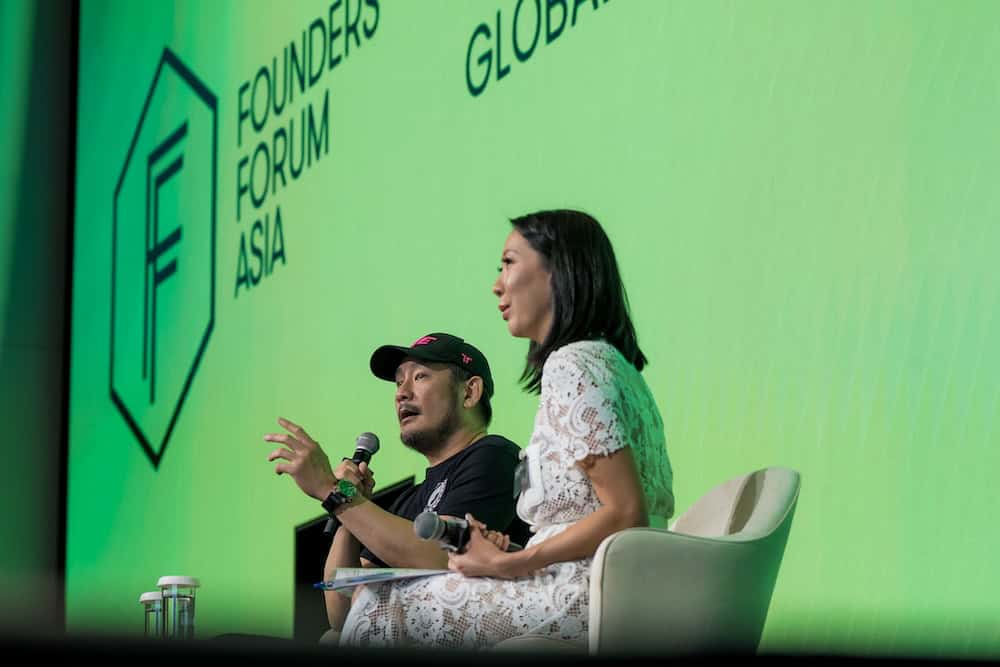Last updated on January 20, 2025
Jonas Nyvang and Tue Beijer grew up riding Vespas and obsessed with mod culture. Now, they’re rediscovering their youth with STILRIDE, creating a fleet of retro-futuristic motorbikes pioneering a revolutionary manufacturing process they call ‘industrial origami’.
Take a typical motorbike chassis apart and you’ll find over 100 different parts; a labyrinth of interdependent components screwed and soldered together. To make one of STILRIDE’s retro-futuristic bikes, you need just eight.
Founded by childhood friends, Jonas Nyvang and Tue Beijer, Swedish design and technology startup, STILRIDE, has devised a new method of production it calls ‘industrial origami’, which involves robots folding sheets of steel to form new and stronger structures.
While straight bending of steel has been done for over a century, by bending along curves, STILRIDE uses 70% fewer components than other motorbike manufacturers. This means less work is needed to fuse them together and there’s less weight when transporting parts, which significantly lowers the cost and environmental impact of production.
Jonas and Tue, who presented in our Tech Hub at Founders Forum London 2022, plan to take their first electric motorbikes to market this year and are also working with Polestar to produce the world’s first climate-neutral car, creating a new standard for green manufacturing in the automotive industry.
“At dinner one night, Tue showed me this beautifully-crafted motorbike that he’d folded from a piece of paper,” Jonas recalls. “We thought: how could we do the same thing in real life?”

Raising Money from Early-Stage Investors
It was Tue, an industrial engineer, who first started experimenting with curve-bending steel, before Jonas quit his marketing director job at fashion brand, Björn Borg, to join him. To match their creative passion with cold, hard numbers, they hired Micael Wikström, “the integrator”, as their COO and CFO.
They secured 18 months of runway in November 2022, raising €3.7m to ramp up production and double the size of the team. STILRIDE is building a demonstration hub for its industrial origami tech, STILFOLD, and Jonas and Tue are testing their latest prototype against electric BMW, NIU, and Piaggio Vespa bikes.
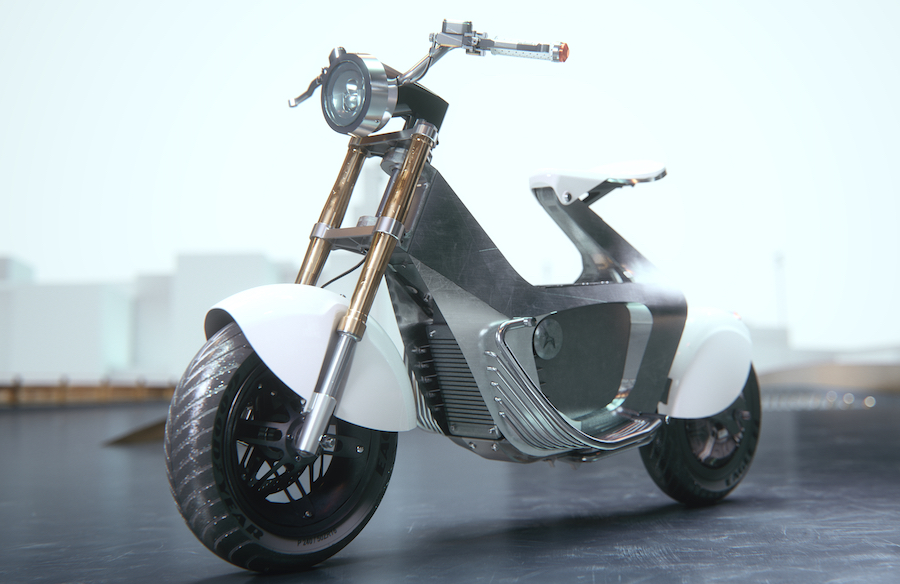
“We were really into mod culture when we were young and super-inspired by old Vespas,” Jonas explains. “Now we’re both middle-aged fathers with kids and leaving the golden cage of employment wasn’t easy, but we believe in our technology,” he continues.
“From the start, we targeted private investors rather than the VC market. It’s less time-consuming and, once you get one person involved, you get a ripple effect of more people who can drive the brand and the investment.”
Jonas has four tips for founders seeking early-stage investment:
1. Involve people who believe in you and the brand
For early-stage startups, a lot is unknown. Investors are mostly buying into the team and the idea. Angel investors with startup experience will be the most empathetic.
2. Build an early prototype
The more traction you can show to an investor, the better. Create a very early prototype to test the market’s reaction, generate interest, and demonstrate product-market fit.
3. Get your investor on the factory floor
Jonas invited STILRIDE’s first 10 investors into the workshop to see the prototype, feel it, and start to believe in it.
4. Consider crowdfunding
To build a base of loyal brand ambassadors, STILRIDE allocated 10% of its latest investment round to crowdfunding via Crowdcube.
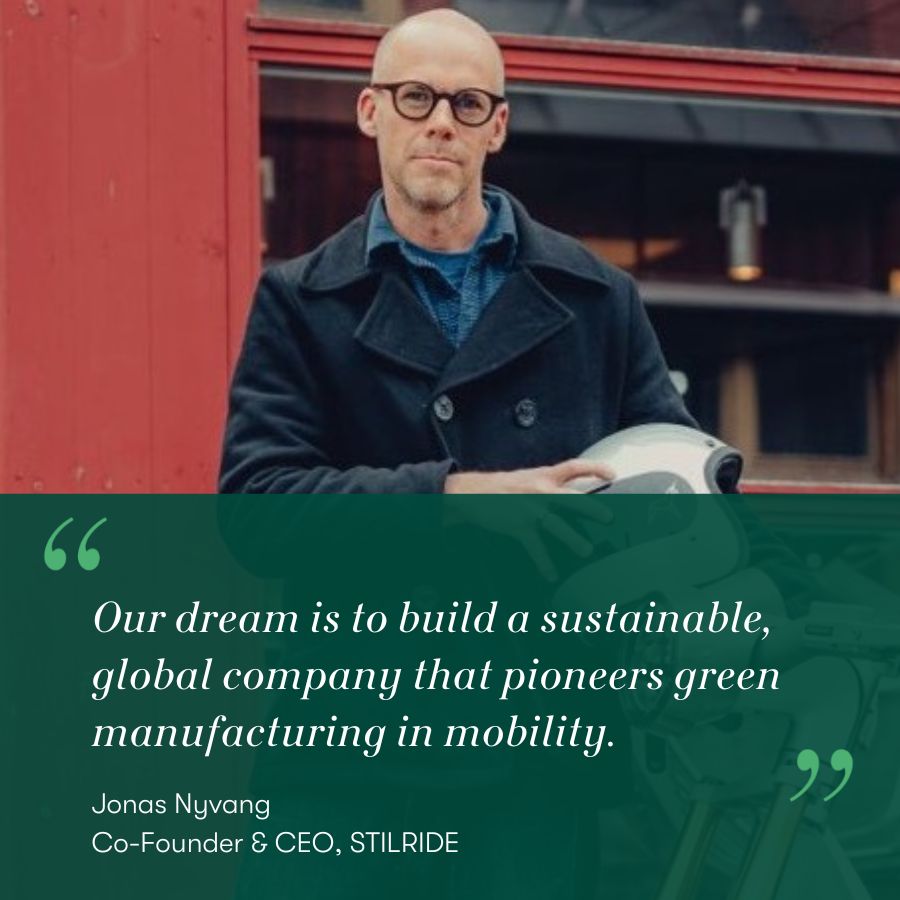
Climate-Friendly Mobility with STILRIDE
We named STILRIDE one of our climate tech startups to watch and the team is applying its sustainable manufacturing technology to a variety of use cases, from shipping containers to electric cars.
With Polestar, STILRIDE plans to bring a climate-neutral car to market by 2030 without carbon offsetting.
This means meticulously examining every detail of how its body and frame is manufactured; using low carbon footprint materials and eliminating processes that produce emissions across the supply chain. Every metal part that’s welded together has to be done by lasers, and those need to be powered by 100%-green electricity.
“Our dream is to build a sustainable, global company that pioneers a new standard for green manufacturing in mobility,” Jonas explains.
“Most products have unnecessary complexity. With computational design, our curve-bending technology, and a climate-friendly value chain, we can create the formula that drives down carbon emissions.
“We want to spread this to designers, engineers, and local steel workshops around the globe.”
For now, Jonas’ core focus is on his bikes. His goal is to have at least 100,000 people riding STILRIDE bikes; motorbikes, mopeds, three-wheelers, and high-performance vehicles.
“Delivering the quality we want in the time we want – that’s the challenge for this year,” he says.
Subscribe to Founders News to get more startup stories like this one direct to your inbox.
 All Posts
All Posts